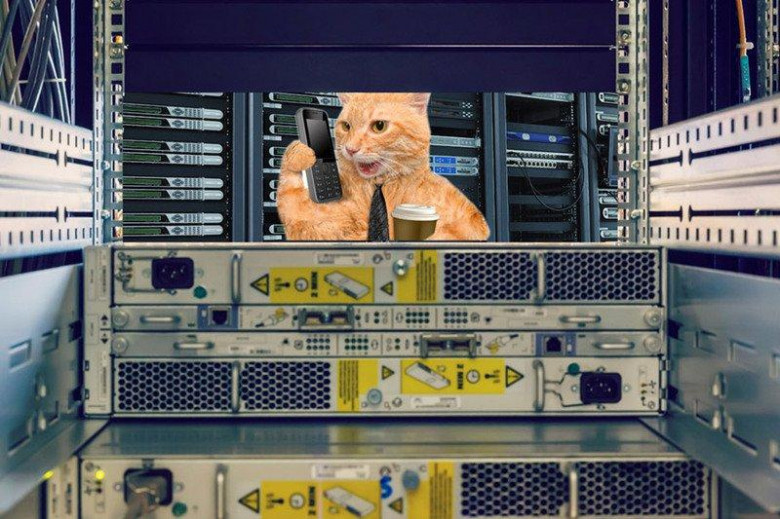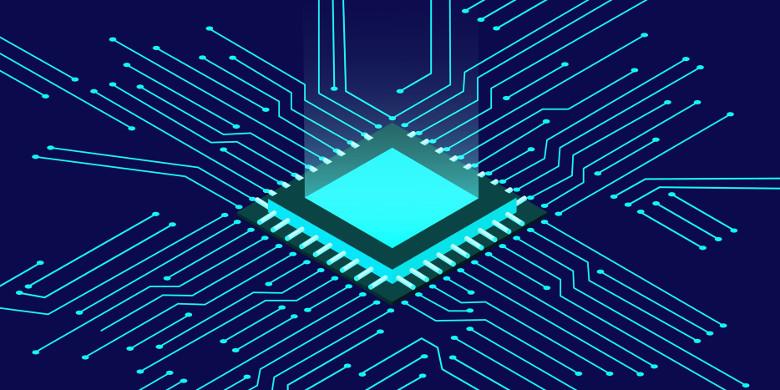Hyper-V is more known as a server virtualization technology; however, since Windows 8, it is also available in the client operating system. In Windows 10, Microsoft improved the experience drastically to make Hyper-V an excellent solution for developers and IT Pros.
Microsoft Hyper-V, codenamed Viridian, is a native (type 1) hypervisor that directly runs on the hardware, compared to VMware Workstation, VirtualBox, and other type 2 or hosted hypervisors. It was first released in Windows Server 2008, and it allows you to run virtual machines on x86-64 systems.
As mentioned, with Windows 10, Microsoft optimized Hyper-V for developers. Hyper-V allows developers to quickly spin up development virtual machines on Windows 10 with excellent performance, but it is also used in a couple of other development features as a back-end technology, like the Android Emulator, the Windows Subsystem for Linux 2 or Docker Containers. In this article, we will have a quick look at what
Hyper-V on Windows 10 can over for developers.






